Research Festival
Large-Scale Software-Radio Testbed
Organizers: K. Psounis, G. Caire, A. Molisch, M. Chen
Collaborators: A. Dimakis, R. Govindan, H. Hashemi, R. Jain, B. Krisnamachari, J.Kuo, T. Levi, U. Mitra, A. Ortega
The Large-Scale Software-Radio Testbed project aims to build one of the best software radio testbeds in the world at USC.
Why should any university aim to build a state-of-the-art software radio testbed? Practical research should follow practical needs. As electrical engineers, we cannot help but notice that the Internet, a product of the last 40 years, is increasingly relevant to all human activity and that its engineering problems are closely associated to our discipline. The edge of the Internet is becoming more-and-more mobile and users are transitioning fast from plugging into a wire to getting their bits through an antenna. The rapid advance of the mobile Internet has instigated a tremendous demand for increased wireless throughput. Our research seeks to address this issue and offer practical, tested, real-world solutions.
The best way to create such solutions is to bring together people from different domains of expertise, such as networking, communications, information theory and hardware design, and enable them to test their ideas and designs in a software radio testbed.
Second, why should one build it at USC? The answer is that the Electrical Engineering department at USC has made particularly strong contributions in all related research areas, but somehow lacks a world-class research facility where faculty and students can implement, experiment and showcase the innovative results of their research. Given that numerous professors have shown interest in using such a facility, realizing it will create research opportunities for the department as a whole. In practical terms, the testbed will be located in the UltraLab space at USC and will consist of ten top of the line, fully programmable WARP software radios.

Hardware used in project:
-WARP FPGA Board v2.2
-WARP Clock Board v1.1
-Two WARP Radio Boards v1.4
-110-250VAC / 12VDC power supply
-1GB CompactFlash card
-Null modem serial cable
-2 2.4GHz antennas
The faculty in the EE department has proposed four multidisciplinary projects that began as soon as the first radios arrived and have committed a number of Ph.D. students towards practical research. Two of those projects, namely, creating a distributed multiuser MIMO system from distinct base stations and demonstrating a massive multi-user MIMO system, have produced important results within a year. These test-beds are available to all the researchers at USC.
Current Results submitted by Professor Psounis - April 2013:
Building upon the design and implementation of the first distributed multiuser MIMO system, we have designed a new system which can scale to hundreds of access points. We have recently completed the implementation of this new architecture and we are currently conducting real-world experiments.
Future goals:
In collaboration with Prof. Hashemi, we are currently working on creating a new software defined radio platform, to be named USC SDR, which eliminates most of the bottlenecks encountered in the design of current software radio architectures, e.g. the requirement to program new schemes in an FPGA, and the difficulty to run real-time experiments for a long time.
Current Results submitted by Professor Psounis - April 2012:
We have built an experimental testbed comprising of four Access Points (APs) connected to a server, and four clients. All eight wireless nodes are WARP software radios. We have designed and implemented AirSync, a novel scheme which provides timing and phase synchronization accurate enough to enable distributed MU-MIMO to achieve full spatial multiplexing gain. For the purpose of demonstration, we have implemented two MU- MIMO precoding schemes, Zero-Forcing Beamforming (ZFBF) and Tomlinson-Harashima Precoding (THP). In both cases our system nearly achieves the theoretical optimal multiplexing gains. To the best of our knowledge, AirSync offers the first ever realization of the full distributed MU-MIMO multiplexing gain, namely the ability to increase the number of active wireless clients per time-frequency slot linearly with the number of jointly coordinated APs, without reducing the per client rate.
A demonstration of current research results was presented at the 2012 Electrical Engineering Research Festival hosted by the Ming Hsieh Institute.


